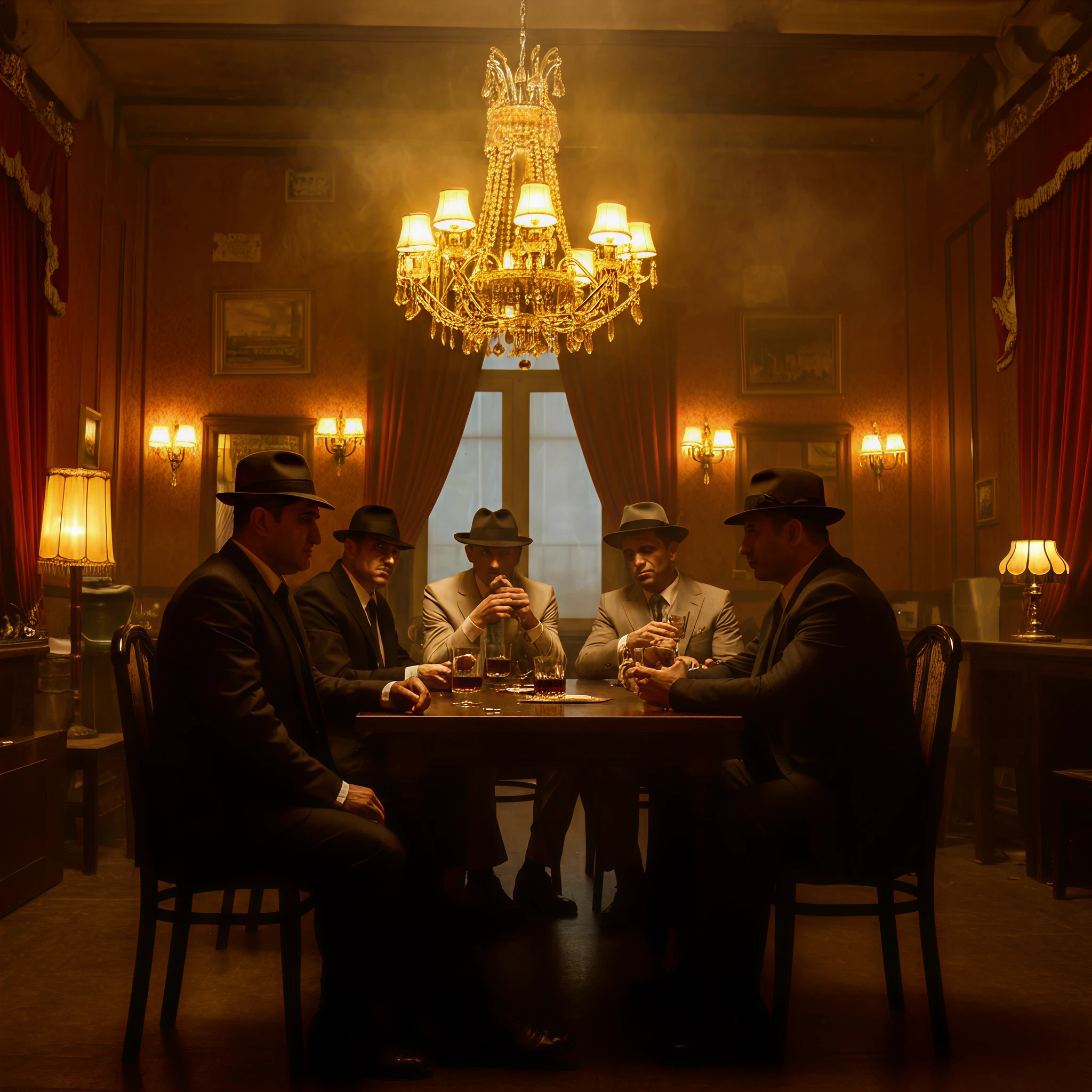Italian mobster movies have carved a unique niche in the world of cinema, blending compelling narratives, unforgettable characters, and striking visual style. From classics like The Godfather to modern masterpieces like The Irishman, this genre has gripped audiences with its depictions of crime, family, loyalty, and betrayal. But what exactly makes these films so captivating? Let’s break down the key elements of this cinematic tradition.
A Blend of Fiction and Historical Inspirations
One of the most intriguing aspects of Italian mobster movies is their relationship with real-world history. While some films take inspiration from historical events and people, they’re often dramatized for cinematic effect. For example, Goodfellas (1990) is based on the real-life story of Henry Hill, but certain scenes and timelines were altered to heighten the drama. Similarly, The Godfather trilogy echoes the rise and fall of organized crime families but focuses more on creating a mythic, operatic tale rather than sticking rigidly to historical accounts.
This balance of fact and fiction allows the filmmakers to explore the broader themes of power, corruption, and morality while keeping the audience entertained. However, this creative liberty also raises questions about the romanticization of organized crime and how it shapes public perception.
Family and Loyalty at the Heart of the Genre
If there is one recurring theme that defines Italian mobster movies, it’s the exploration of family and loyalty. These films often depict the mob as more than just a network of criminals; they portray it as an extended family, bound by codes of trust, respect, and vengeance.
Take The Godfather (1972) as an example. Don Vito Corleone’s unwavering devotion to his family sets the stage for a gripping narrative where loyalty is both a virtue and a weapon. The struggles between personal duty and the “family business” add layers of complexity to characters, making them more than just gangsters but humans dealing with moral dilemmas.
Loyalty isn’t just within the family either; many of these movies explore the fragile lines of trust between mob associates. Betrayal often serves as a catalysmic element, intensifying the drama. Films like Donnie Brasco (1997) offer a powerful look into how loyalty can blur the lines between right and wrong, especially when the protagonist is torn between two worlds.
The Cinematic Flair of Italian Mobster Movies
Italian mobster movies are just as much about the visuals and tone as they are about story and characters. The visual style is often dark, brooding, and atmospheric, reflecting the moral ambiguity of the characters. Cinematographers use shadow-heavy lighting, warm golden hues, and rich textures to create an almost timeless quality.
For example:
- The Godfather uses dimly lit interiors and earthy tones to evoke a sense of tradition and authority.
- Goodfellas, directed by Martin Scorsese, employs creative tracking shots and fast-paced editing to immerse the audience in the chaotic rhythm of mob life.
- Scarface (although technically more Cuban-American than strictly Italian-American) features bold, excessive visuals that match Tony Montana’s larger-than-life persona.
The attention to detail in costume design, set pieces, and soundtracks also elevates the genre. From sharp tailored suits to classic jazz and opera pieces, everything contributes to building an immersive atmosphere.
The Legacy of Italian-American Talent
This genre owes much of its success to the contributions of Italian-American actors and directors. The performances of icons like Al Pacino, Robert De Niro, and Joe Pesci have delivered some of cinema’s most unforgettable characters. Meanwhile, directors like Francis Ford Coppola and Martin Scorsese have revolutionized storytelling techniques, setting new standards for authenticity and emotional depth.
Al Pacino’s portrayal of Michael Corleone across The Godfather trilogy is often considered one of the finest character developments in cinematic history. Similarly, Robert De Niro’s performances in films like Goodfellas, Casino, and The Irishman showcase a range of complexity, from ruthless enforcer to quiet introspection.
Even in supporting roles, actors like Joe Pesci (Goodfellas, Casino) have stolen the show with intensity and authenticity, perfectly complementing the larger narratives.
Iconic Scenes and Timeless Quotes
Italian mobster movies are brimming with scenes that have etched themselves into pop culture history. Think of Michael Corleone’s chilling transition in The Godfather as he orchestrates vengeance during a christening. Consider Henry Hill’s thrilling “Layla” sequence in Goodfellas, an inventive montage of dark humor and brutality. Or who can forget Tony Montana’s explosive “Say hello to my little friend!” moment from Scarface?
And the quotes? There are almost too many to count:
- “I’m gonna make him an offer he can’t refuse.” (The Godfather)
- “As far back as I can remember, I always wanted to be a gangster.” (Goodfellas)
- “Keep your friends close, but your enemies closer.” (The Godfather Part II)
These lines don’t just define characters or scenes; they’ve transcended their films to become part of everyday language and culture.
The Enduring Appeal of Italian Mobster Movies
Whether you’re a history enthusiast, a film buff, or just someone who loves a good story, Italian mobster movies offer something for everyone. They are a masterclass in storytelling, exploring timeless themes against the backdrop of crime and human ambition. With meticulous cinematography, unforgettable characters, and compelling narratives, it’s no wonder these films continue to captivate audiences around the world.
Looking to explore this iconic genre for yourself? Start with the classics like The Godfather and Goodfellas, then move on to modern interpretations like The Irishman. Trust us, the world of Italian mobster movies is one you won’t want to leave.
Which Italian mobster film is your favorite, and why? Share your thoughts in the comments below!








